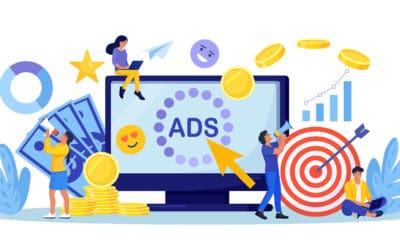Yearning for a sales cliché? Try this: no one is more properly equipped to connect with potential buyers than a sales professional.
But wait, there’s more, only this is not a cliché, it’s a fact. The best, properly equipped salespeople bring more to the table. They know how to uncover a customers needs by asking the right questions and helping to coach the prospect through the sales process. In today’s world, many enterprise customers have already done research on products and services before contacting the sales professionals. With that said, the value of a sales professionals knowledge has not changed.
A sales pro should use their skill set to gauge the needs of the customer in order to close more deals. Here are three strategies a sales pro should focus on and use to their advantage.
1. Change is Coming! — or is it?
Realizing the customers established demand early in the conversation will help you to best tailor the rest of the sales process. What I mean by established demand is finding out how open the customer is to allowing change from their current processes. Whenever a salesperson can determine a customer’s possibility to change, they have a better idea of the clients desire to challenge their own system. If you’re a sales pro, this completely alters your approach from pushing the customer to buy and instead emphasizing the customer’s willingness for something more.
The customers who are openly seeking change and open to the opportunity of learning more are nothing short of solid gold to a sales rep.
2. Personalize the Follow-Up
Plain and simple, you need to follow-up with all your leads. A true sales professional should have follow-up questions to help you further uncover a customer’s needs.
When you’re asking questions, don’t be afraid to get personal and be sure to take notes; really listen to the answers given. A customer, current or potential, says something like, “We want a solution for the smaller businesses we work with,” your response must be tailored to hit those needs.
Say that is the question you’re asked, here are a few examples of follow-up questions:
– Are there specific small businesses you work with?
– Have any of your clients asked about certain features?
– Do you have a potential small business in mind?
– Have you looked into other solutions for that vertical?
The tone of these questions should come off as conversational, not sales-y. At this point, your goal is to extend the conversation with the customer while simultaneously honing in on targeted needs.
3. Was it Something We Did?
This strategy is to really prod the customer into finding out what got them interested in you, or your product. Make sure to structure this question in an open ended format because it has the potential to allow the customer to uncover major needs or challenges they face. Their answer should give a better overview about both their desire and timeline in finding a solution. Take both into consideration, though don’t just blurt out any old answer.
Be aware that the prospect probably put some serious time and effort into their answer(s). Equip yourself with the right mindset and have an idea of a solution. Be sure to ask follow-up questions to continue the conversation too.
While it’s cliché to state that a sales professional has the best ability to connect with prospects, it’s still true. Use these strategies to your advantage in order to tailor each conversation correctly and professionally. One question can open a floodgate of opportunities for you and the potential client.
And remember, “you miss 100% of the shots you don’t take.”





